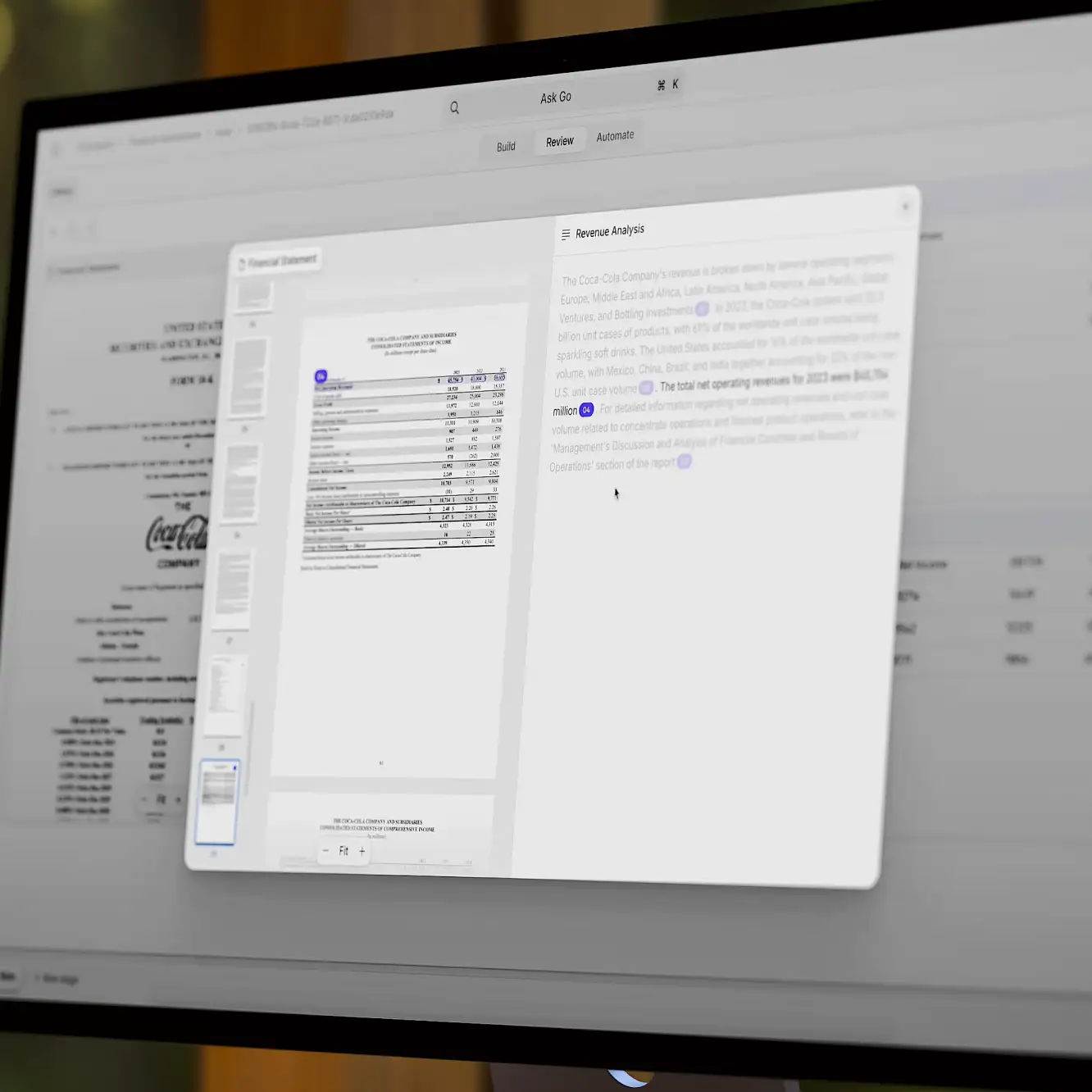Knowledge work automation
9 Reinforcement Learning Real-Life Applications
16 min read
—
Mar 31, 2022
Have a look at our cherry-picked list of the most prominent applications of Reinforcement Learning and learn how RL is shaping the future of AI.

Guest Author and Software Developer
“Most human and animal learning can be said to fall into unsupervised learning. It has been wisely said that if intelligence was a cake, unsupervised learning could be the cake, supervised learning would be the icing on the cake, and reinforcement learning would be the cherry on the top.”
It seems intriguing, right?
Reinforcement Learning is the closest to human learning.
Just like we humans learn from the dynamic environment we live in and our actions determine whether we are rewarded or punished, so do Reinforcement Learning agents whose ultimate aim is to maximize the rewards.
Isn’t it what we are looking?
We want the AI agents to be as intelligent and decisive as us.
Reinforcement Learning techniques are the base of all the solutions, from self-driving cars to surgeons being replaced by medical AI bots. It has become the main driver of emerging technologies and, quite frankly, that’s just the tip of the iceberg.
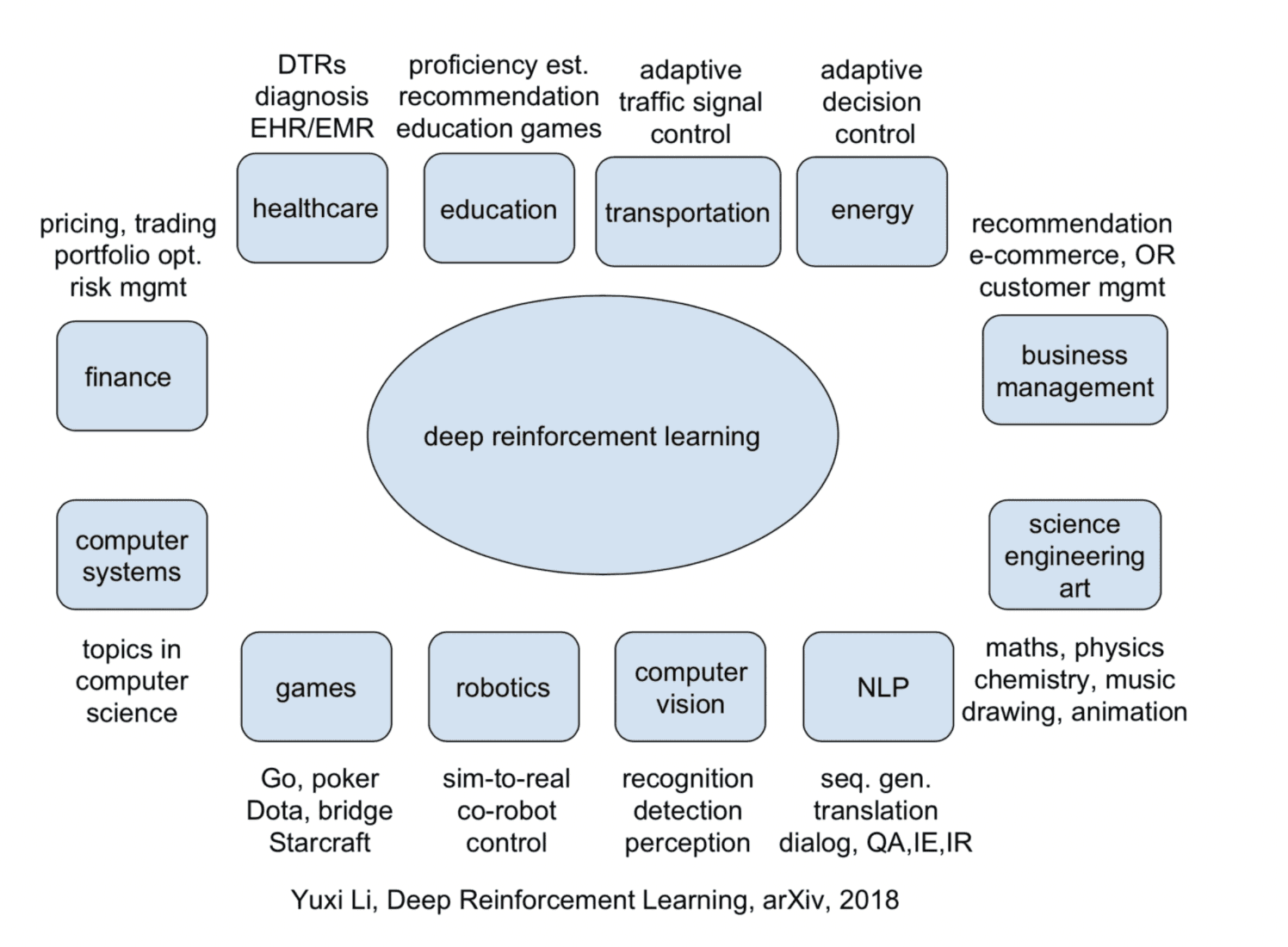
Read more on Neural Network architecture, which is a major governing factor of the Deep Reinforcement Learning algorithms.
In this article, we’ll discuss ten different Reinforcement Learning applications and learn how they are shaping the future of AI across all industries.
Here’s what we’ll cover:
Autonomous cars
Datacenters cooling
Traffic light control
Healthcare
Image processing
Robotics
NLP
Marketing
Gaming
Autonomous cars
Vehicle driving in an open context environment should be backed by the machine learning model trained with all possible scenes and scenarios in the real world.
However—
The collection of these varieties of scenes is a complicated problem to solve. How can we ensure that a self-driving car has already learned all possible scenarios and safely masters every situation?
The answer to this is Reinforcement Learning.
Reinforcement Learning models are trained in a dynamic environment by learning a policy from its own experiences following the principles of exploration and exploitation that minimize disruption to traffic. Self-driving cars have many aspects to consider depending on which it makes optimal decisions.
Driving zones, traffic handling, maintaining the speed limit, avoiding collisions are significant factors.
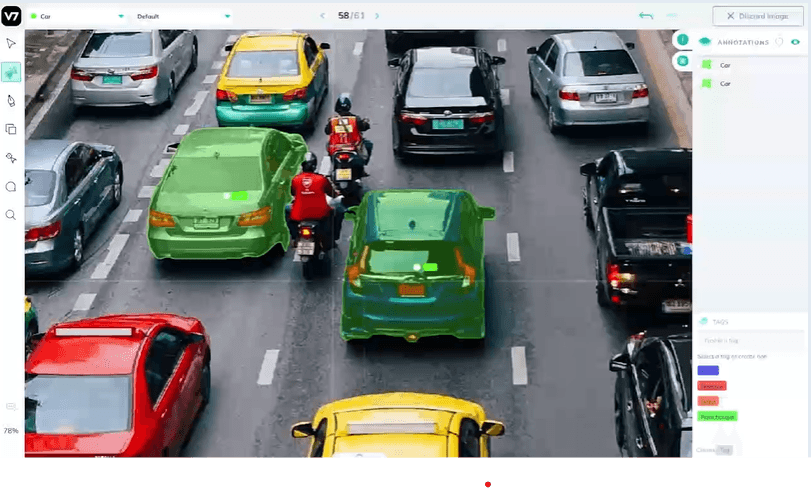
Have a look at our Open Datasets repository or upload your own multimodal traffic data to V7, annotate it, and train deep Neural Networks in less than an hour!
Many simulation environments are available for testing Reinforcement Learning models for autonomous vehicle technologies.
DeepTraffic is an open-source environment that combines the powers of Reinforcement Learning, Deep Learning, and Computer Vision to build algorithms used for autonomous driving launched by MIT. It simulates autonomous vehicles such as drones, cars, etc.
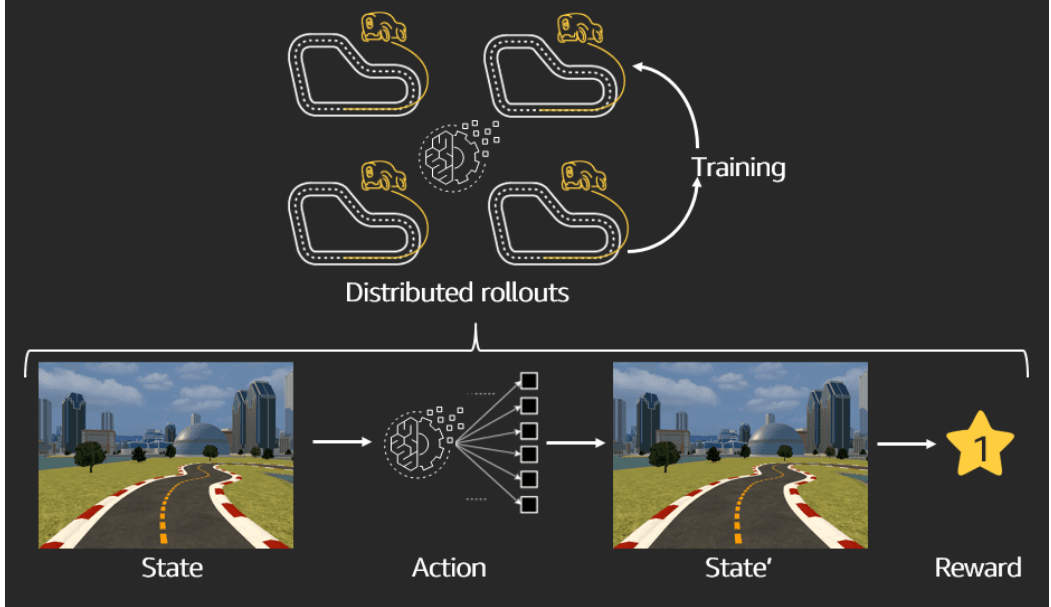
Carla is another excellent alternative that has been developed to support the development, training and validation of autonomous driving systems. It replicates the urban layouts, buildings, vehicles to train the self-driving cars in real-time simulated environments very close to reality.
Have a look at 27+ Most Popular Computer Vision Applications and Use Cases and start your first Reinforcement learning project.
Autonomous driving uses Reinforcement Learning with the help of these synthetic environments to target the significant problems of Trajectory optimization and Dynamic pathing.
Reinforcement Learning agents are trained in these dynamic environments to optimize trajectories. The agents learn motion planning, route changing, decision and position of parking and speed control, etc.
A paper on Confidence based Reinforcement Learning proposes an effective solution to use Reinforcement Learning with a baseline rule-based policy with a high confidence score.
Datacenters cooling
We are in this era where AI can help us tackle some of the world’s most challenging physical problems—such as energy consumption. With the entire world at the edge of virtualization and cloud-based applications, large-scale commercial and industrial systems like data centers have a large energy consumption to keep the servers running.
Interesting Fact: Google data centers using machine learning algorithms have reduced the amount of energy for cooling by up to 40 percent.
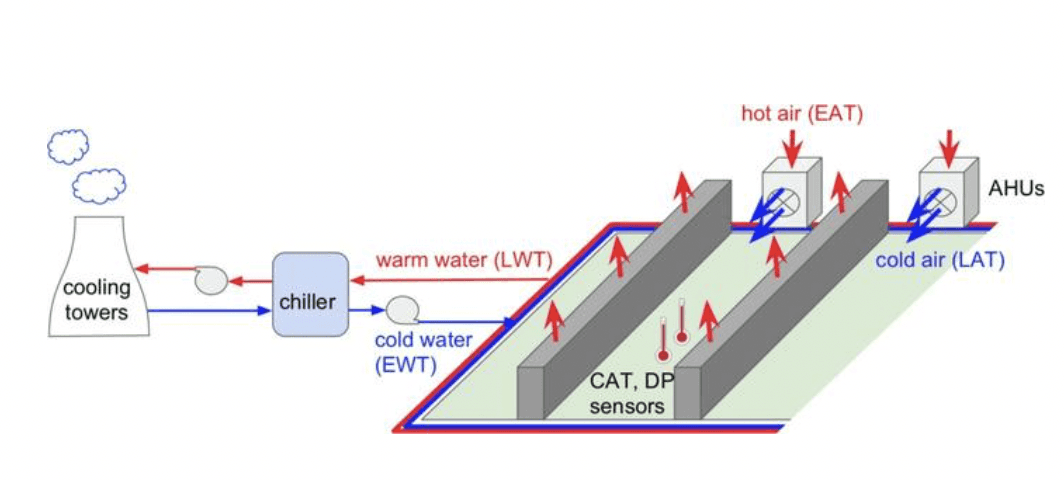
Researchers in this domain have proved that a few hours of exploration enables data-driven, model-based learning.
This approach of a Reinforcement Learning agent with little or no prior knowledge can effectively and safely regulate conditions on a server floor efficiently compared to the existing PID controllers. The data collected by thousands of sensors within the data centers have attributes like temperatures, power, setpoints, etc.—that are fed to be used to train the deep neural networks for datacentre cooling.
Due to the difficulty of directly solving this problem through conventional machine learning algorithms due to the lack of varied datasets, deep Q-learning Network (DQN)- based methods are broadly used to conquer this challenge.
Traffic light control
With the increase of urbanization and the increase in the number of cars per household, traffic congestion has become an enormous problem, especially in metropolitan areas.
Reinforcement Learning is a trending data-driven approach for adaptive traffic signal control. These models are trained with the objective of learning a policy using a value function that optimally controls the traffic light based on the current status of the traffic.
The decision-making needs to be dynamic depending upon the arrival rate of traffic from different directions, which ought to vary at different times of the day. The conventional way of handling traffic seems to be limited due to this non-stationary behavior. Also, the policy π trained for an intersection with x lanes cannot be re-used in an intersection with y lanes.
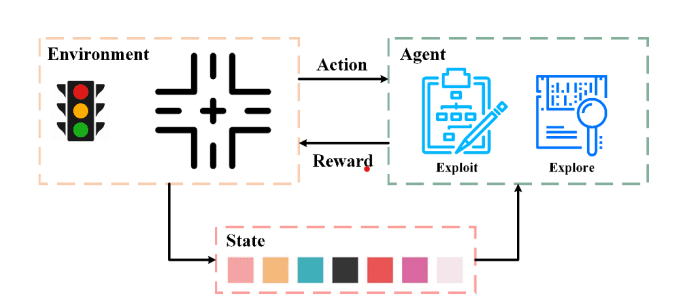
Reinforcement Learning (RL) is a trending approach due to its data-driven nature for adaptive traffic signal control in complex urban traffic networks.
There are some limitations in applying deep Reinforcement Learning algorithms to transportation networks, like an exploration-exploitation dilemma, multi-agent training schemes, continuous action spaces, signal coordination, etc.
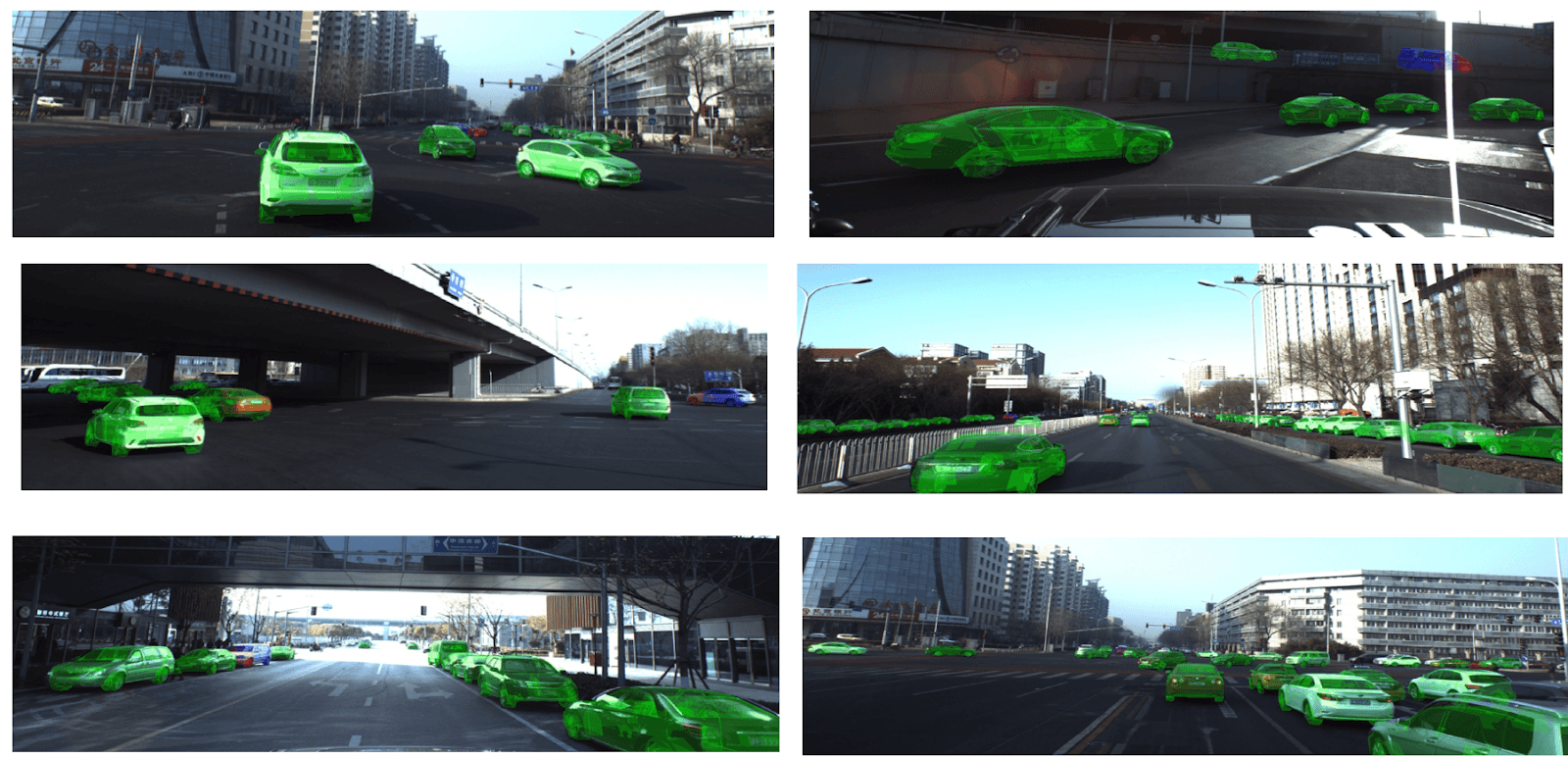
Take a step back and revise the concepts of quality training data to improve your model’s accuracy.
Healthcare
Choosing medicines is hard. It is even more challenging when the patient has been on medication for years, and no improvements have been seen.
Recent research shows that a patient suffering from chronic disease tries different medicines before giving up. We must find the right treatments and map them to the right person.
The healthcare sector has always been an early adopter and a significant beneficiary of technological advancements. This industry has seen a significant tilt towards Reinforcement Learning in the past few years, especially in implementing dynamic treatment regimes (DTRs) for patients suffering from long-term illnesses.
It has also found its application in automated medical diagnosis, health resource scheduling, drug discovery and development, and health management.

Automated medical diagnosis
Deep Reinforcement Learning (DRL) augments the Reinforcement Learning framework, which learns a sequence of actions that maximizes the expected reward, using deep neural networks' representative power.
Reinforcement Learning has taken over medical report generation, identification of nodules/tumors and blood vessel blockage, analysis of these reports, etc. Refer to this paper for more insights into this problem space and the solutions offered by the Reinforcement Learning approach.
Have a look at our healthcare datasets for computer vision and start annotating medical data today.
DTRs (Dynamic Treatment Regimes)
DTRs involve sequential healthcare decisions – including treatment type, drug dosages, and appointment timing – tailored to an individual patient based on their medical history and conditions over time. This input data is fed to the algorithm outputting treatment options to provide the patient’s most desirable environmental state.
The tricky thing is that patients suffering from chronic long-term diseases like HIV develop resistance to drugs, so the drugs need to be switched over time, making the treatment sequence important. When physicians need to adapt treatment for individual patients, they may refer to past trials, systematic reviews, and analyses. However, the specific use-case data may not be available for many ICU conditions.
Many patients admitted to ICUs might also be too ill for inclusion in clinical trials. We need other methods to aid ICU clinical decisions, including sizeable observational data sets. Given the dynamic nature of critically ill patients, one machine learning method called reinforcement learning (RL) is particularly suitable for ICU settings.
Robotic surgeries
A powerful Reinforcement Learning application in decision-making is the use of surgical bots that can minimize errors and any variations and will eventually help increase the surgeons' efficiency. One such robot is Da Vinci, which allows surgeons to perform complex procedures with greater flexibility and control than conventional approaches.
The critical features served are aiding surgeons with advanced instruments, translating hand movements of the surgeons in real-time, and delivering a 3D high-definition view of the surgical area.
Image processing
Reinforcement Learning is data-intensive and is well-versed in interacting with a dynamic and initially unknown environment. The current solutions offered in Image Processing by supervised and unsupervised neural networks focus more on the classification of the objects identified. However, they do not acknowledge the interdependency among different entities and the deviation from the human perception procedure.
It is used in the following subfields of Image Processing.
Object detection and Localization
The RL approach learns multiple searching policies by maximizing the long-term reward, starting with the entire image as a proposal, allowing the agent to discover multiple objects sequentially.
It offers more diversity in search paths and can find multiple objects in a single feed and generate bounding boxes or polygons. This paper on Active Object Localization with Deep Reinforcement Learning validates its effectiveness.
Check out our guide to YOLO: Real-Time Object Detection.
Scene Understanding
Artificial vision systems based on deep convolutional neural networks consume large, labeled datasets to learn functions that map the sequence of images to human-generated scene descriptions. Reinforcement Learning offers rich and generalizable simulation engines for physical scene understanding.
This paper shows a new model based on pixel-wise rewards (pixelRL) for image processing. In pixelRL, an agent is attached to each pixel responsible for changing the pixel value by taking action. It is an effective learning method that significantly improves the performance by considering the future states of the own pixel and neighbor pixels.
Reinforcement learning is one of the most modern machine learning technologies in which learning is carried out through interaction with the environment. It is used in computer vision tasks like feature detection, image segmentation, object recognition, and tracking.
Here are some other examples where Reinforcement Learning is used in image processing:-
Robots equipped with visual sensors from which they learn the state of the surrounding environment
Scanners to understand the text
Image pre-processing and segmentation of medical images like CT Scans
Traffic analysis and real-time road processing by video segmentation and frame-by-frame image processing
CCTV cameras for traffic and crowd analytics etc.
Robotics
Robots operate in a highly dynamic and ever-changing environment, making it impossible to predict what will happen next. Reinforcement Learning provides a considerable advantage in these scenarios to make the robots robust enough and help acquire complex behaviors adaptively in different scenarios.
It aims to remove the need for time-consuming and tedious checks and replaces them with computer vision systems ensuring higher levels of quality control on the production assembly line.
Read these guides on data cleaning and data preprocessing.
Robots are used in warehouse navigation mainly for part supplies, quality testing, packaging, automizing the complete process in the environment where other humans, vehicles, and devices are also involved.
All these scenarios are complex to handle by the traditional machine learning paradigm. The robot should be intelligent and responsive enough to walk through these complex environments. It is trained to have object manipulation knowledge for grasping objects of different sizes and shapes depending upon the texture and mass of the object embedded with the power of image processing and computer vision.
Let us quickly walk through some of the use-cases in this field of robotics that Reinforcement Learning offers solutions for.
Product assembly
Computer vision is used by multiple manufacturers to help improve their product assembly process and to completely automate this and remove the manual intervention from this entire flow. One central area in the product assembly is object detection and object tracking.
Defect Inspection
A deep Reinforcement learning model is trained using multimodal data to easily identify missing pieces, dents, cracks, scratches, and overall damage, with the images spanning millions of data points.
Using V7’s software, you can train object detection, instance segmentation, and image classification models to spot defects and anomalies.
Learn more about training defect inspection models with V7
Inventory management
The inventory management in big companies and warehouses has become automated with the inventions in the field of computer vision to track stock in real-time. Deep reinforcement learning agents can locate empty containers, and ensure that restocking is fully optimised.
Pro Tip: also check out AI receipt processing.
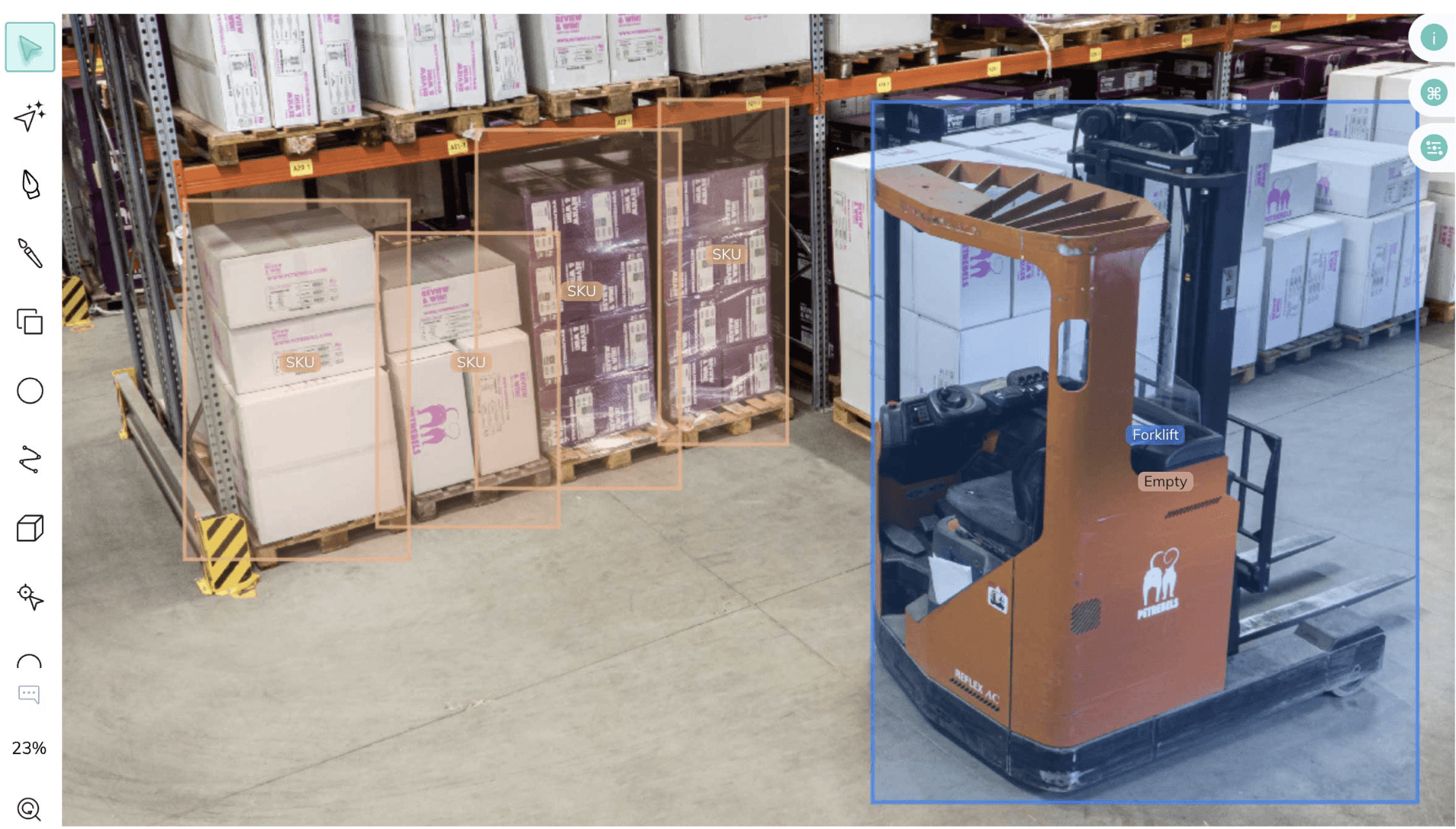
Want to learn more? Check out AI in manufacturing.
NLP
Language understanding uses Reinforcement Learning because of its inherent nature of decision making. The agent tries to understand the state of the sentence and tries to form an action set maximizing the value it would add.
The problem is complex because the state space is huge; the action space is vast too. Reinforcement Learning is used in multiple areas of NLP like text summarization, question answering, translation, dialogue generation, machine translation etc.
Reinforcement Learning agents can be trained to understand a few sentences of the document and use it to answer the corresponding questions. Reinforcement Learning with a combination of RNN is used to generate the answers for those questions as shown in this paper.
Don't forget to have a look at Supervised Learning vs. Unsupervised Learning.
Research led by Salesforce introduced a new training method that combines standard supervised word prediction and reinforcement learning (RL), showing improvement over previous state-of-the-art models for summarization as shown here in this paper.
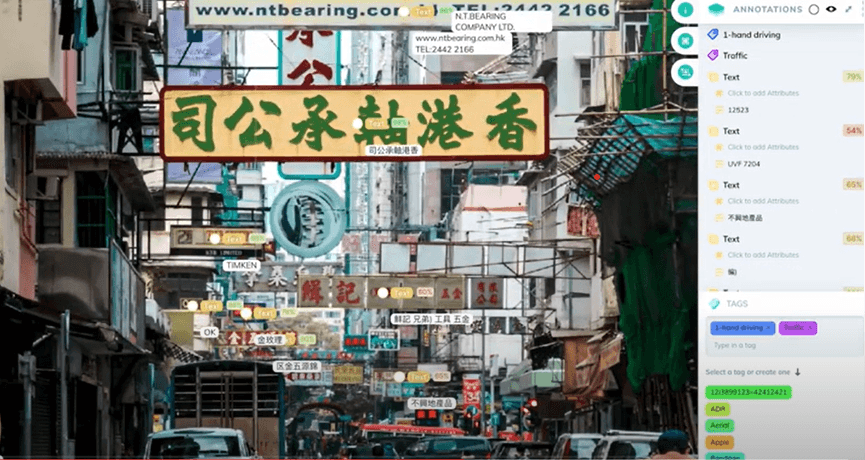
Robots in industries or healthcare working towards reducing manual intervention use reinforcement learning to map natural language instructions to sequences of executable actions.
During training, the learner repeatedly constructs action sequences, executes those actions, and observes the resulting rewards. A reward function works in the backend that defines the quality of these executed actions. This paper demonstrates that this method can rival supervised learning techniques while requiring only a few annotated training examples.
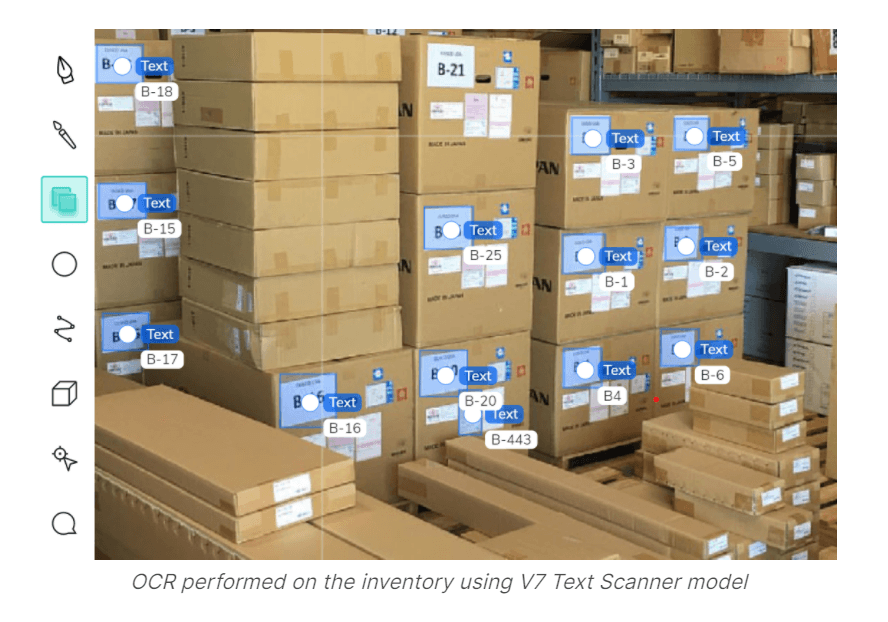
Read this guide on test, train and validation split for better results.
Another interesting research in this area is led by the researchers of Stanford University, Ohio State University, and Microsoft Research on Deep RL for dialogue generation.
The deep RL finds application in a chatbot dialogue. Conversations are simulated using two virtual agents and the quality is improved in progressive iterations.
Marketing
Reinforcement Learning is used in various marketing spheres to develop techniques that maximize customer growth and strive for a balance between long-term and short-term rewards.
Let us go through the various scenarios where real-time bidding via Reinforcement Learning is used in the marketing space.
Customized Recommendations for customers
Personalized product suggestions give customers what they want. The Reinforcement Learning bot is trained to handle situations where challenging barriers like reputation, limited customer data, and consumers evolving mindset are dealt.
It dynamically learns the customer's requirements and analyses the behavior to serve high-quality recommendations. This increases the ROI and profit margins for the company.
Creating the most beneficial content for advertisement
Coming up with the best marketing pitch that attracts a broader audience is challenging. Models based on Q-Learning are trained on a reward basis and develop an inherent knowledge of positive actions and the desired results. The Reinforcement Learning model will find the advertisement that the users are more likely to click on, thus increasing the customer footprint.
Identifying interest areas of customers with store’s CCTV to deliver better advertisements and offers.
Reinforcement Learning For Consumers And Brands
Without the power of AI, there is a big hurdle in optimizing the reach of advertisements to the customers.
Analyzing which advertisement would suit the need at a given scenario is very hard by naive methods; it paves the way for Reinforcement Learning models. The algorithm meets associated user preferences and dynamically chooses the perfect frequency for buyers.
As a result, increased online conversions are transforming browsing into business.
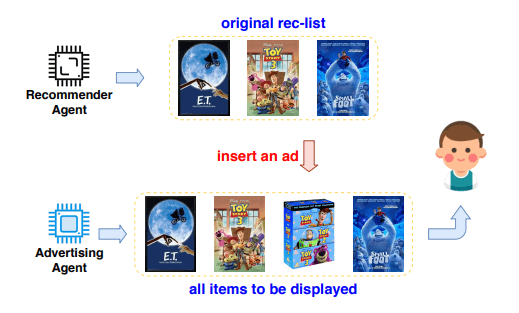
Gaming
Reinforcement Learning has taken over the traditional methods of creating video games.
As compared to traditional video games where we need to have a complex behavioral tree to craft the logic of game, training a Reinforcement Learning model is much simpler. Here, the agent is set to learn by itself in the simulated game environment by performing the necessary sequence of actions to achieve the desired behavior.
Looking to speed up your annotation process? Check out V7—Automated Image Annotation.
In Reinforcement Learning, the agent should be trained for all the aspects of the game like path finding, defense, attack and creating situation based strategies to make the game interesting for the opponent.
Depending upon the intelligence the bot has obtained, levels of the game are set.
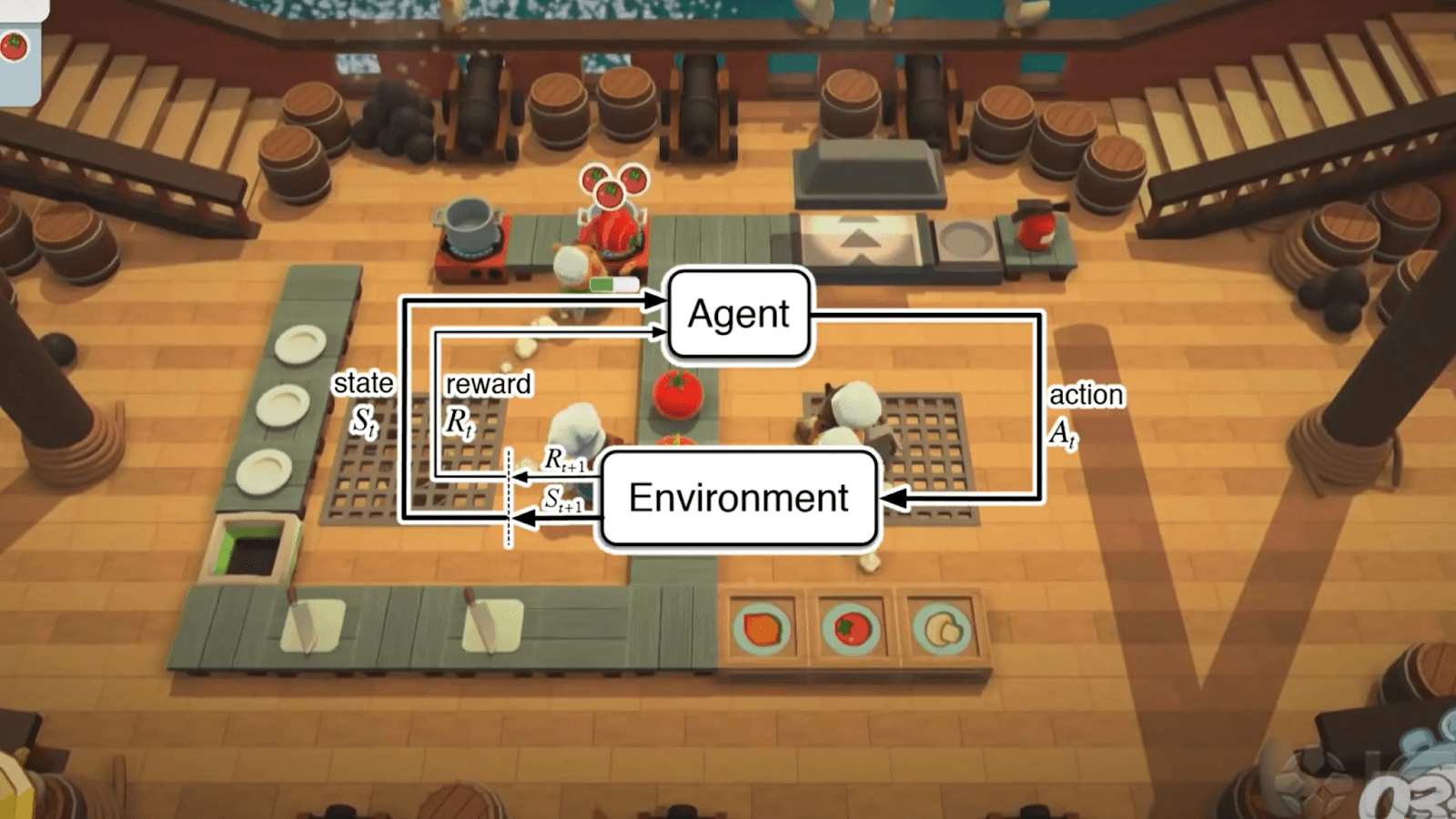
Google DeepMind is a live example of Game Optimization.
We have seen in AlphaGo, a RL trained agent beat the strongest Go player in history scoring a goal that was considered impossible at that time. It is known to be a very challenging game for Artifical Intelligence.
AlphaGo, a computer program, created by DeepMind a Google company, uses an amalgamation of the advanced search tree and deep neural networks. These neural networks take the Go board as an input derive features through different network layers containing millions of neuron-like connections.
Reinforcement Learning agents are also used in bug detection and game testing. This is due to its ability to run a ton of iterations without human input, stress testing, and creating situations for potential bugs.
Newer games companies such as Ubisoft have recently utilized Reinforcement Learning to decrease the number of active bugs found within the game. RL agents are trained in the game environment using exploration and exploitation techniques to test some of its game mechanics in an attempt to fix them.
Reinforcement Learning Applications: Key Takeaways
Finally, here's a quick recap of everything we've learned:
Reinforcement Learning involves training a model so that they produce a sequence of decisions. It is either trained using a positive mechanism where the models are rewarded for actions to be more likely to generate it in the future. On the other hand, negative Reinforcement Learning adds punishment so that they don't produce the current sequence of results again.
Reinforcement Learning has changed the dynamics of various sectors like Healthcare, Robotics, Gaming, Retail, Marketing, and many more.
Various companies have started managing the marketing campaigns digitally with Reinforcement Learning due to its fundamental ability to increase the profit margins by predicting the choices and behavior of customers towards the products/services.
Healthcare is another sector where Reinforcement Learning is used to help doctors discover the treatment type, suggest appropriate doses of drugs and timings for taking such doses.
Reinforcement Learning approaches are used in the field of Game Optimization and simulating synthetic environments for game creation.
Reinforcement Learning also finds application in self-driving cars to train an agent for optimizing trajectories and dynamically planning the most efficient path.
RL can be used for NLP use cases such as text summarization, question & answers, machine translation.
Read next:
A Step-by-Step Guide to Text Annotation [+Free OCR Tool]
The Complete Guide to CVAT—Pros & Cons
The Ultimate Guide to Semi-Supervised Learning
9 Essential Features for a Bounding Box Annotation Tool
Mean Average Precision (mAP) Explained: Everything You Need to Know
Pragati is a software developer at Microsoft, and a deep learning enthusiast. She writes about the fundamental mathematics behind deep neural networks.

